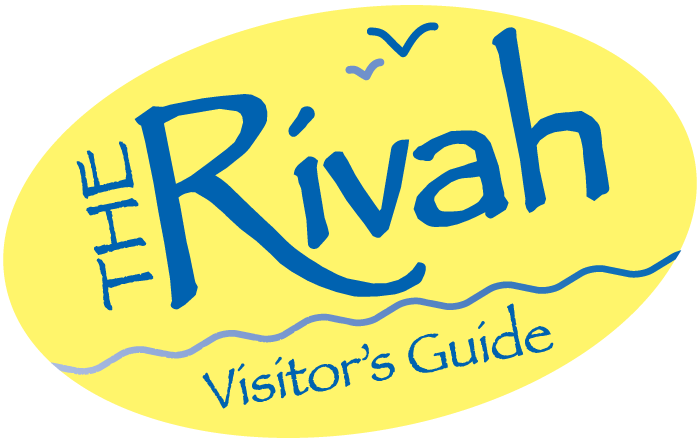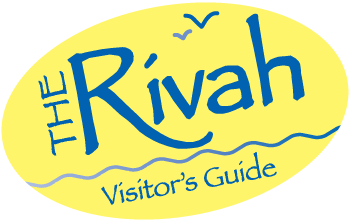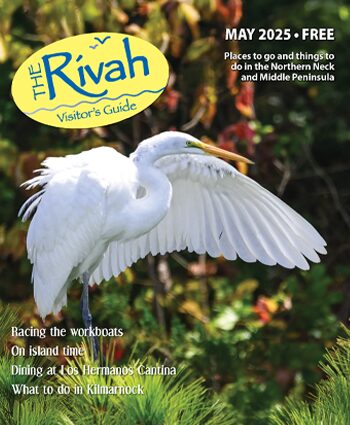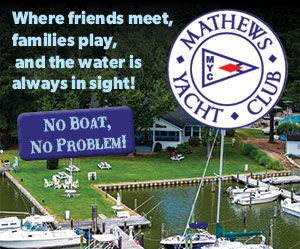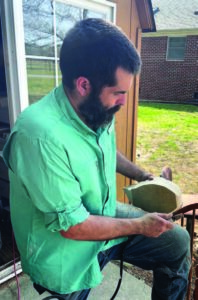
Although Chris Sampson is a relative newbie to the art of carving, his decorative waterfowl look like the work of a seasoned veteran.
Sampson has carving in his blood and took on the hobby after years of watching his great grandfather, Lewis Shelton, create decorative decoys. He shares creative space with Shelton in a workshop in Ocran in Lancaster County. At 94, Shelton still helps make the decoys.
A 2003 graduate of Lancaster High School, Sampson lives in White Stone and sells his creations at the town’s Rappahannock River Waterfowl Show, a spring exhibition that draws vendors and guests from across Virginia and up and down the east coast.
By day, Sampson’s a handyman. He spends a lot of his free time in the workshop with his great grandfather.
How did you get started?
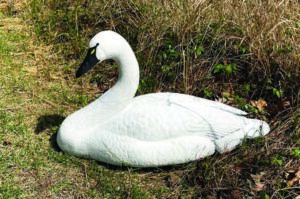
“I’ve been doing it six or seven years, I guess. I lose track of time. I watched my great grandfather do it his whole life and he had been pushing me to carve since I was 10 years old. I never wanted to. But now, later in life, you slow down a little and I enjoy it.”
What are the tools of the trade?
“Bandsaw, a good sharp knife, a Foredom rotary shaft tool, buoy pins, a lot of reference materials with pictures of each species, brushes and artist paint. “And the wood is tupelo gum. It grows in swamps in the South and we only use the bell of the tree, the wood that grows under the water. It’s very lightweight. We usually get it from a dealer in North Carolina and it’s also available at shows, even the waterfowl show in White Stone had a guy selling tupelo. We normally pick it up at the world show in Ocean City. “It’s pricey, about $40 for a 15-inch block. The 32-inch piece I used for my swan was $400.”
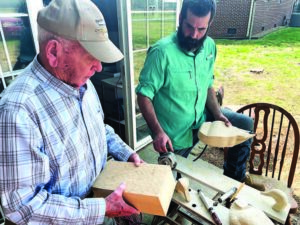
What’s the process?
“First, I figure out what I want to carve then I make a pattern or buy one. “I draw out the lines on the wood and cut it with a bandsaw and start the shaping from that. Once it’s shaped, I go into texturing of the feathers, then I paint. “The early work, with the bandsaw, is messy. I do that here at the shop outdoors. “The head is shaped from a separate piece of wood and attached with a dowel rod and glue. The swan’s neck and head are made from several pieces of wood.”
What types of birds do you carve?
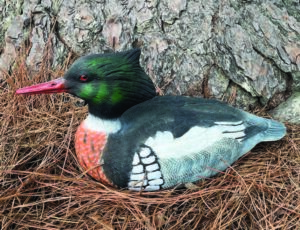
“Decorative decoys, mostly. I call them mantle birds. “There are really two types of carvers, those who are artists and those who have a construction mentality. They’ve got a set of plans and they go from that. “Anybody can carve. Painting is a lot more di cult, especially layering the feathers.”
What size is your average carving and how long to complete?
“My teal size birds are about eight inches long, my large mallards 14-15 inches long. The teal takes about 20 hours, the mallards about 30 to 40 hours from start to finish. Now my swan, which is 30 inches long and is a big carving, well, I have about 250 hours in that.”
How many have you made?
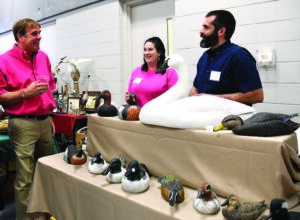
“In the last six years, I’ve made about 43. They’re not quick. It’s a long process.”
Sampson usually only sells at the Rappahannock River Waterfowl Show. The average price of his small birds is $300- $400. His medium-sized birds are $500-$600 each and his swan is $2,200. “It takes a lot of wood and a lot of time. A bird that size, you gotta charge an arm and a leg for,” said Sampson.
